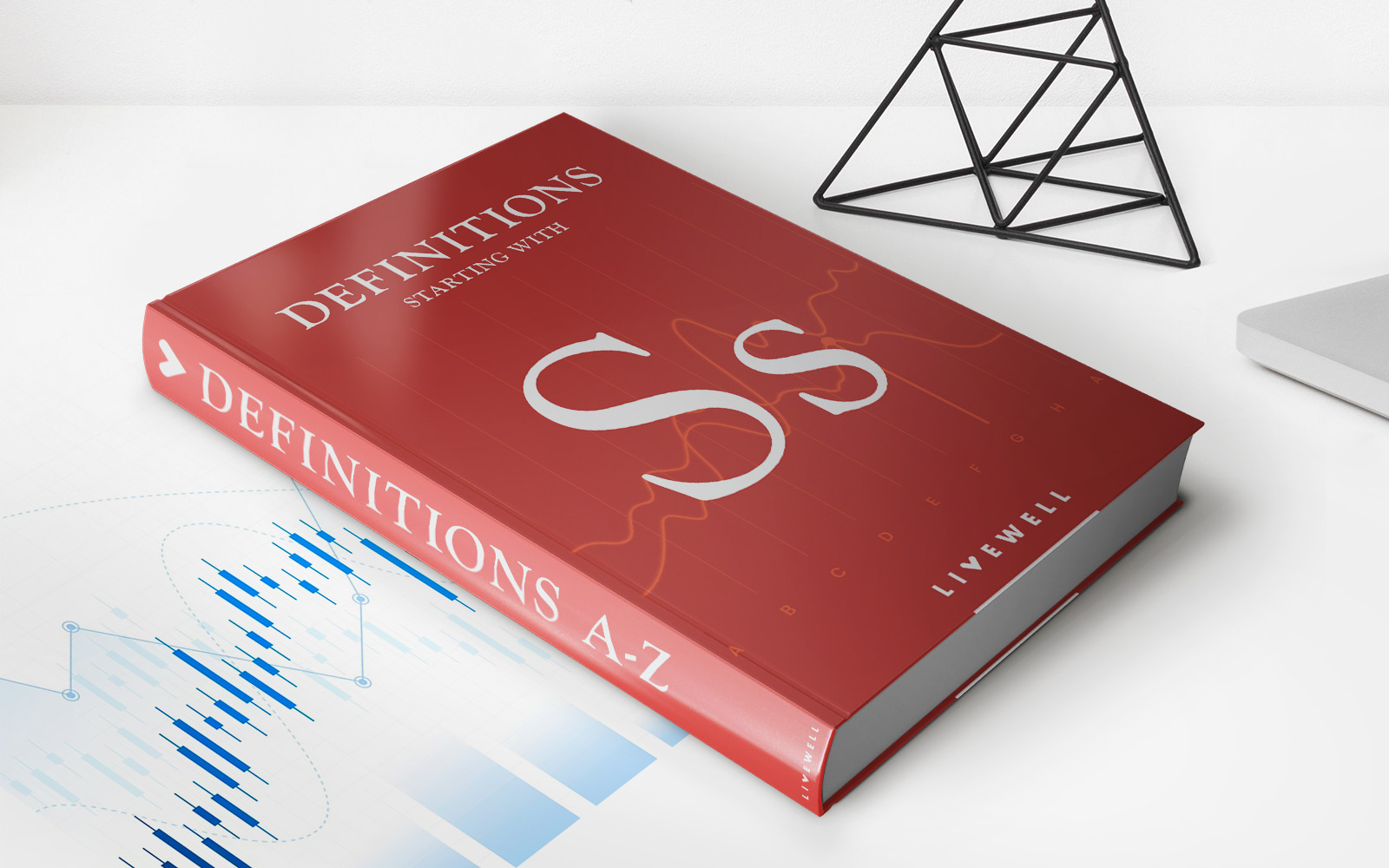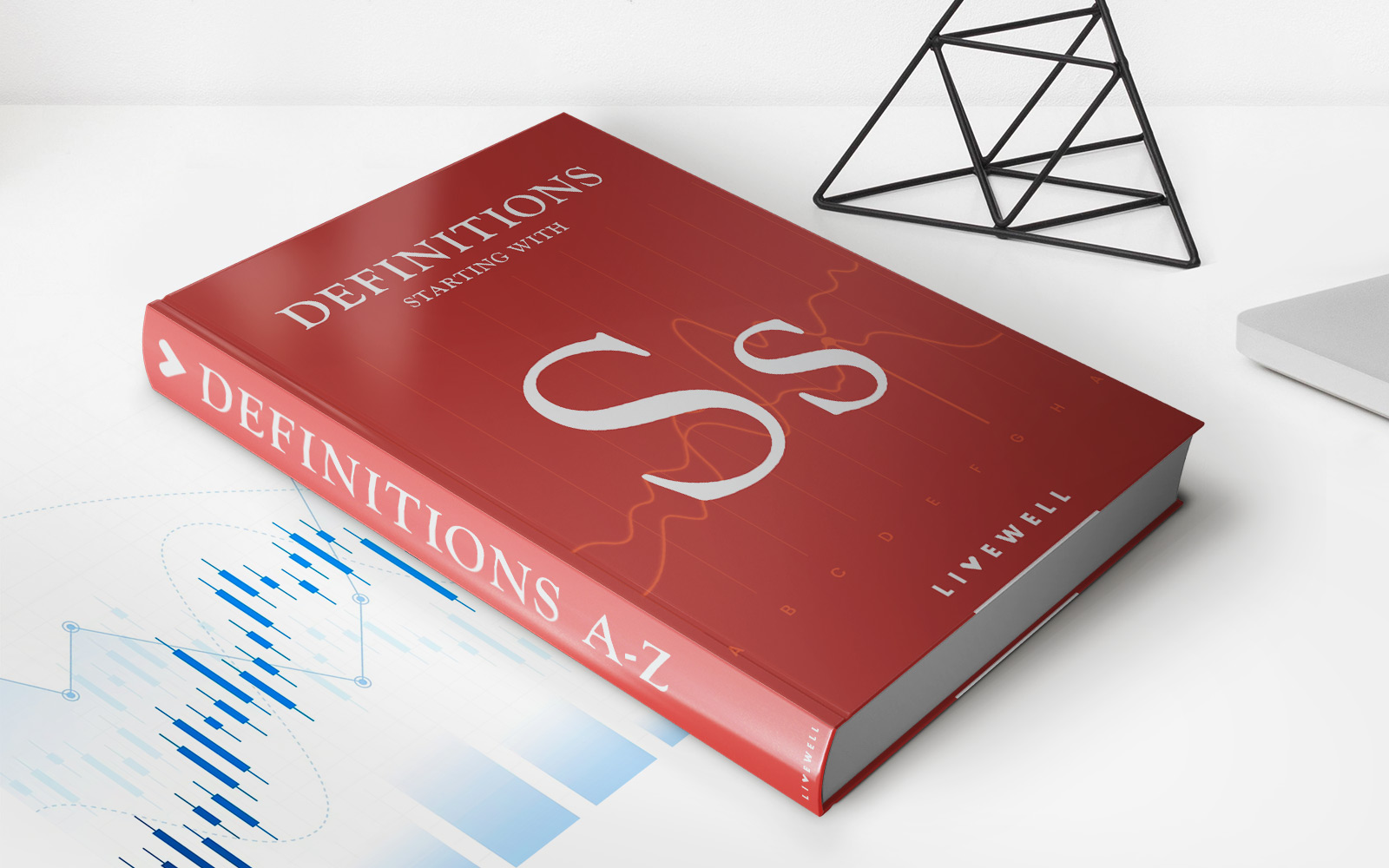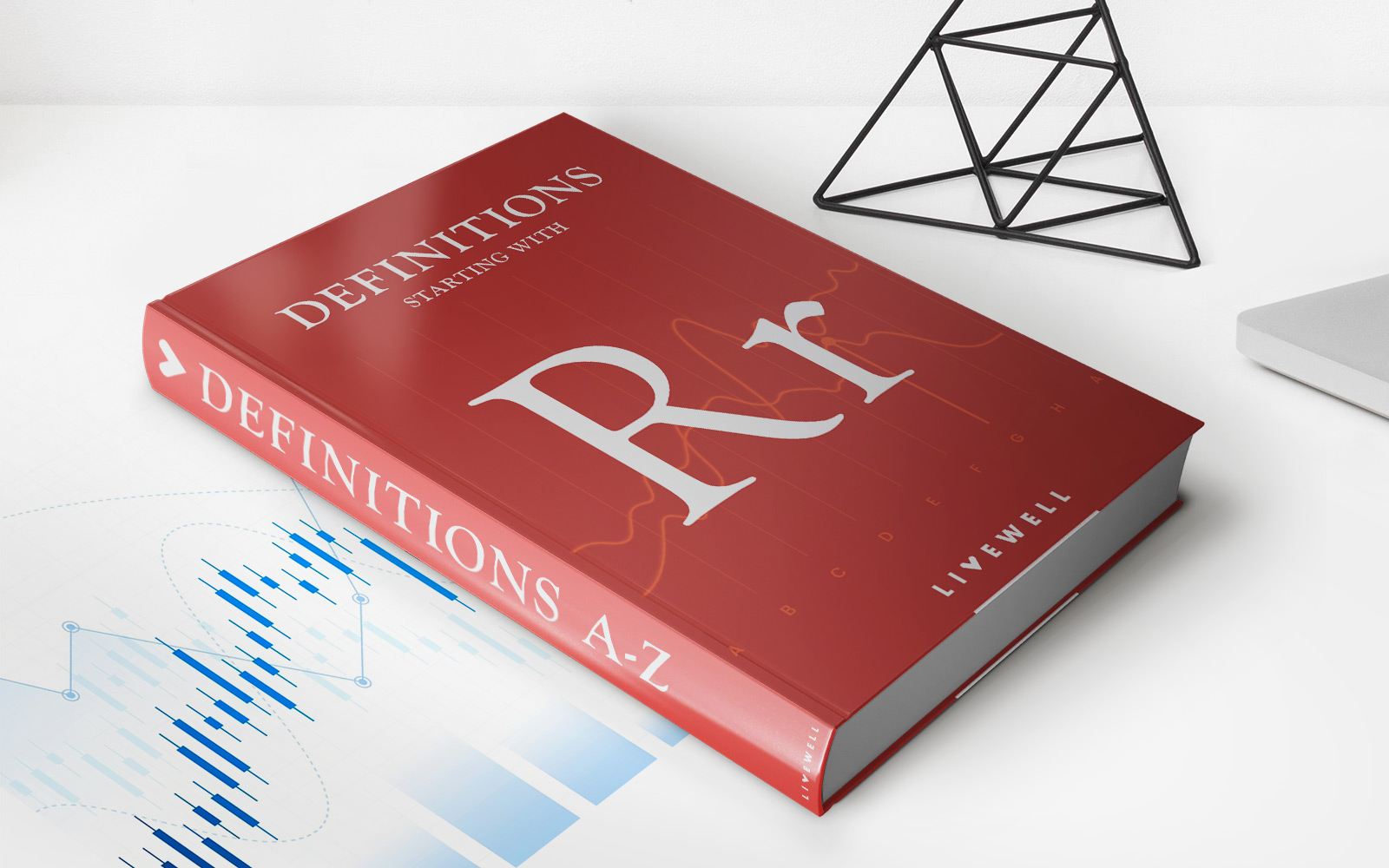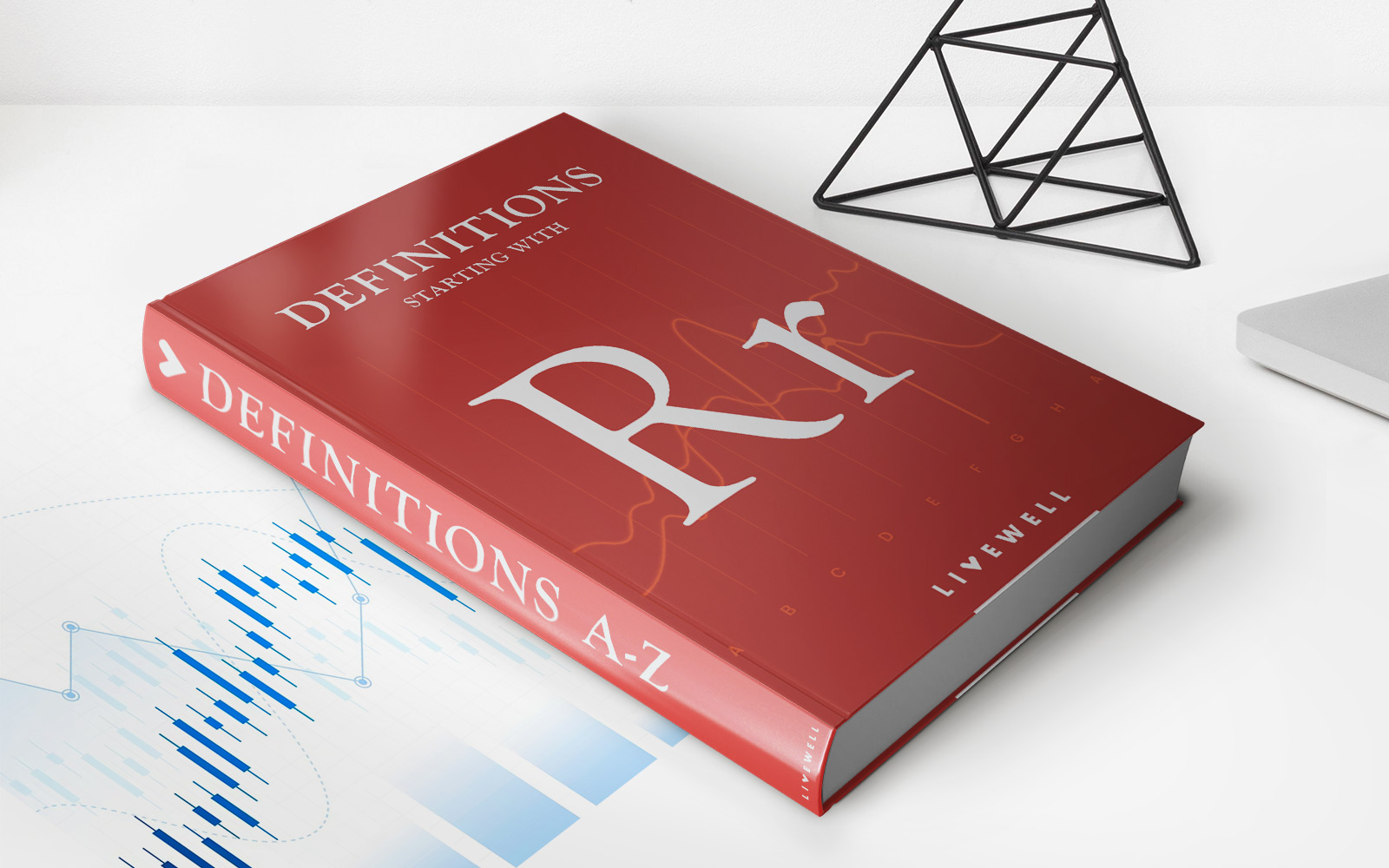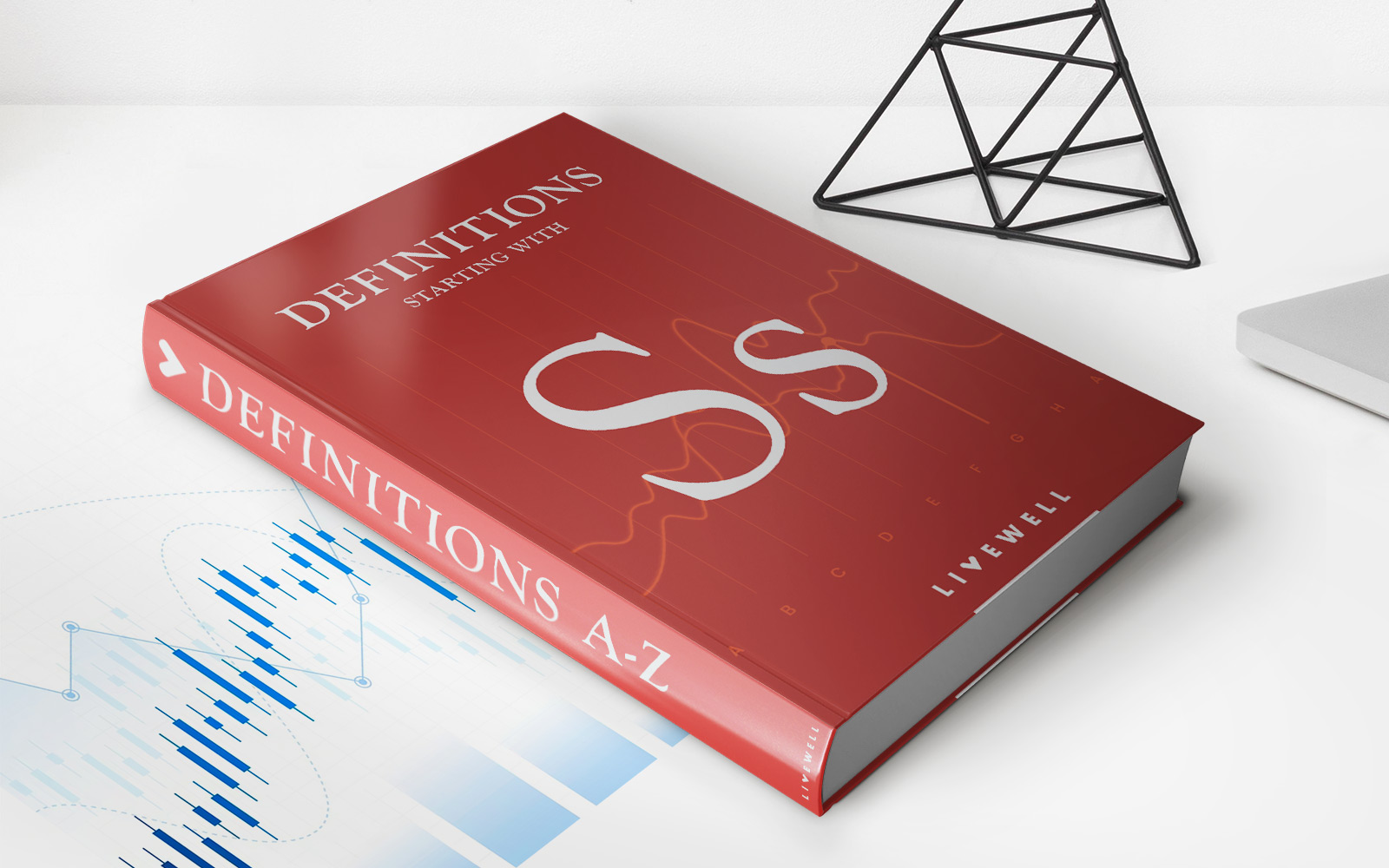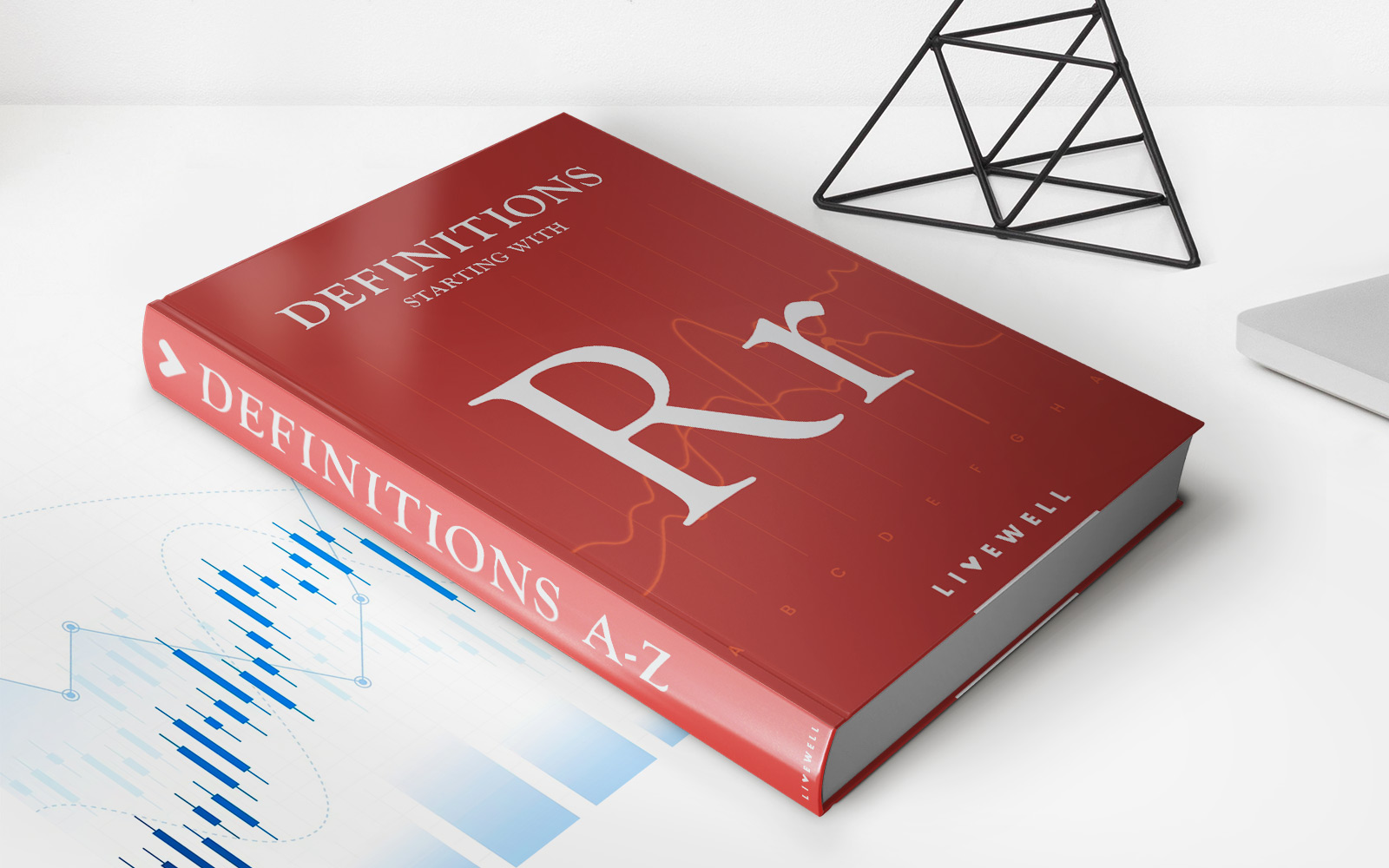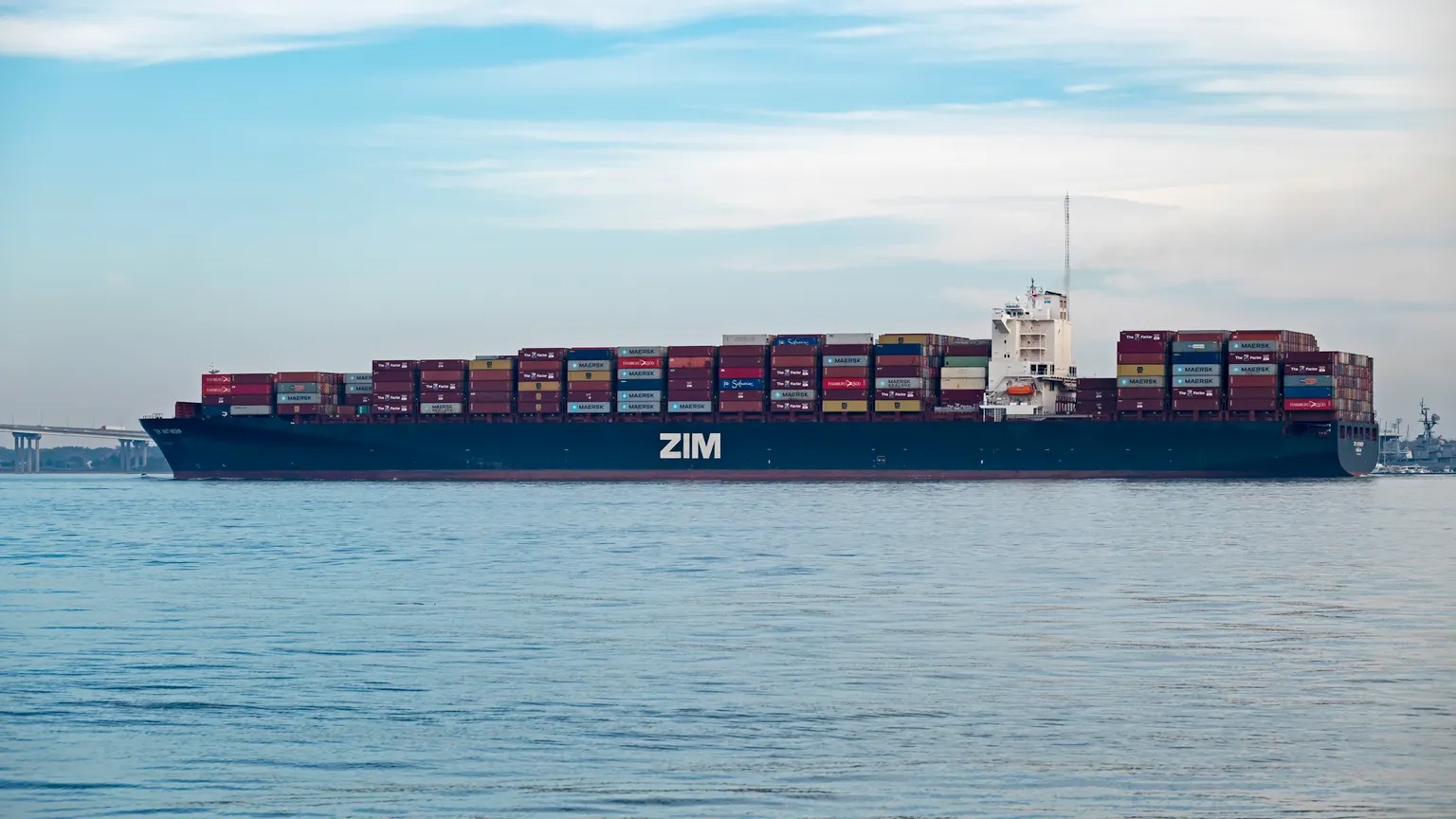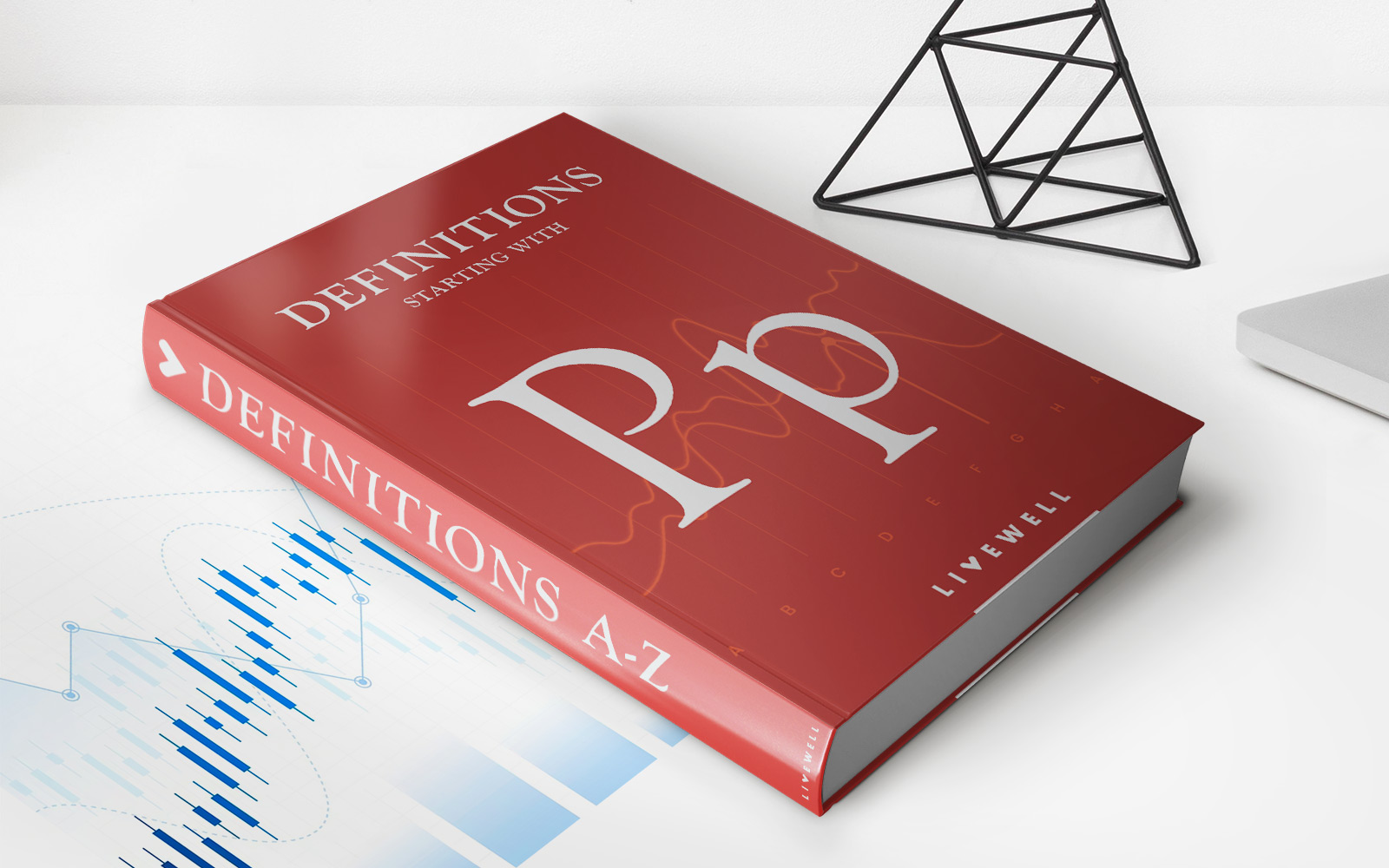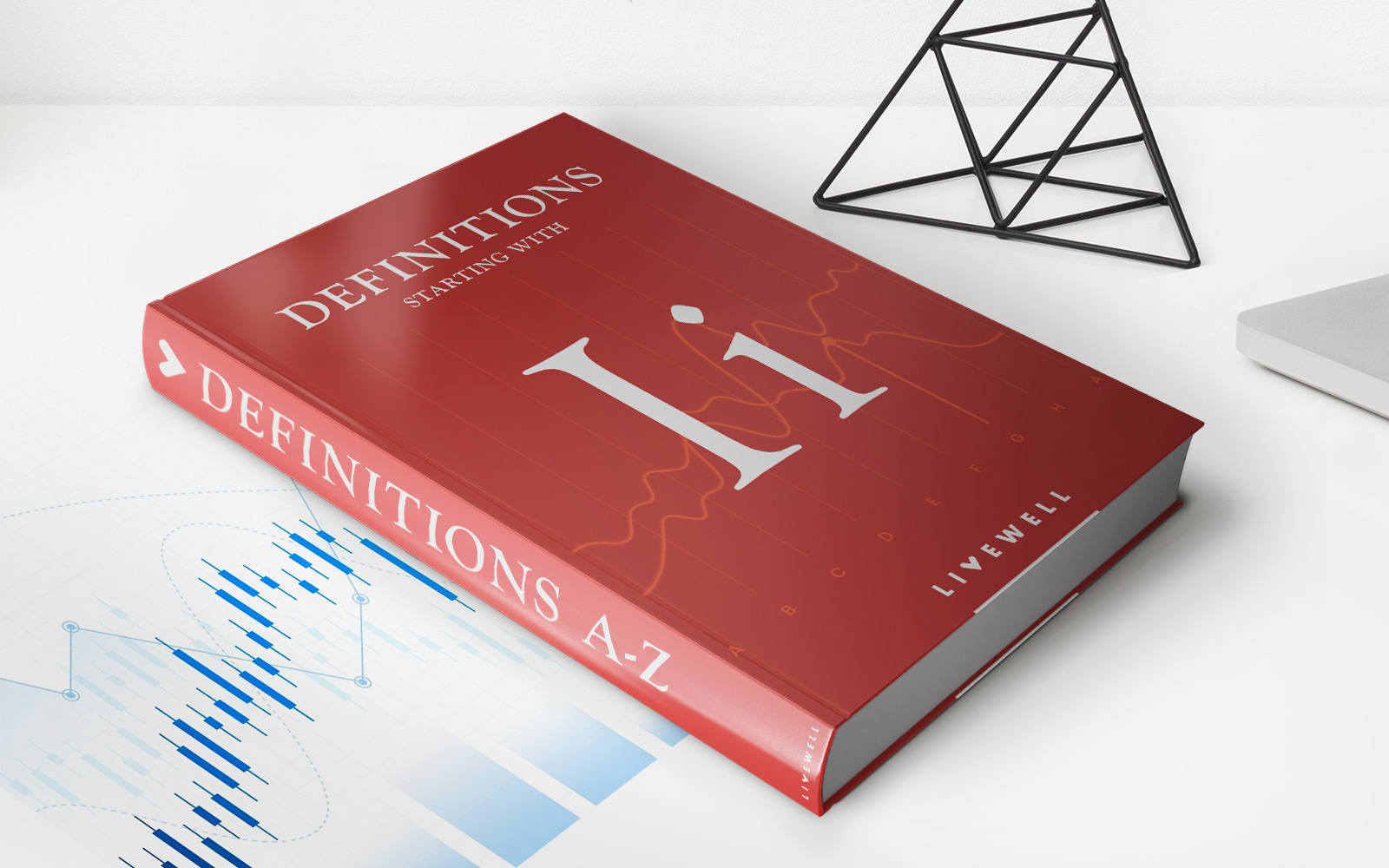Home>Finance>Special Drawing Rights (SDRs): Definition And Requirements
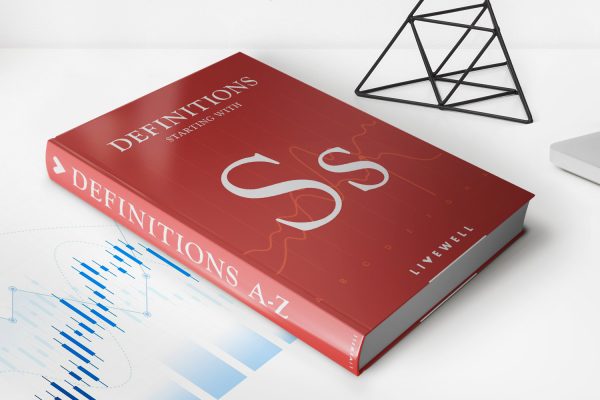
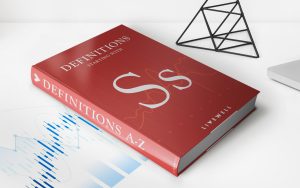
Finance
Special Drawing Rights (SDRs): Definition And Requirements
Published: January 31, 2024
Discover the definition and requirements of Special Drawing Rights (SDRs) in the field of finance. Explore the significance and utilization of SDRs in global monetary systems.
(Many of the links in this article redirect to a specific reviewed product. Your purchase of these products through affiliate links helps to generate commission for LiveWell, at no extra cost. Learn more)
Special Drawing Rights (SDRs): Definition and Requirements
Welcome to our finance blog, where we delve into various financial topics to help you navigate the complex world of money management. Today, we’re going to discuss Special Drawing Rights (SDRs), an important concept in international finance. So, what exactly are SDRs and what do you need to know about them? Let’s find out!
Key Takeaways:
- SDRs are a reserve asset created by the International Monetary Fund (IMF) to supplement member countries’ official reserves.
- SDRs consist of a basket of major international currencies, including the U.S. dollar, euro, Japanese yen, British pound sterling, and Chinese yuan.
Firstly, let’s start with the definition of SDRs. Special Drawing Rights (SDRs) are a form of global reserve currency that is not issued by any individual country. Instead, they are created and allocated by the International Monetary Fund (IMF) to member countries to supplement their official reserves. SDRs were first introduced in 1969 as a way to enhance liquidity and promote stability in the international monetary system.
Now, you might be wondering what makes SDRs different from traditional currencies like the U.S. dollar or the euro. Well, SDRs are not meant to be used for everyday transactions or held by individuals. They primarily serve as a supplementary reserve asset for central banks and governments.
So, how are SDRs created? The IMF determines the value of SDRs based on a basket of major international currencies. Currently, this basket includes the U.S. dollar, euro, Japanese yen, British pound sterling, and Chinese yuan. The relative weight of each currency in the basket is reviewed every five years to reflect changes in the global economy. This ensures that SDRs remain representative of the world’s most important currencies.
Now that we understand what SDRs are, let’s take a look at the requirements for a country to be eligible for SDR allocations. The IMF uses specific criteria, such as the country’s participation in the international trading system and its relative economic size, to determine eligibility. Additionally, a country must have a need for reserves beyond what it already holds in traditional currencies.
So, why are SDRs important? SDRs help to supplement global liquidity and act as a stable reserve asset during times of financial stress. They provide member countries with additional resources to tackle balance of payments issues, stabilize their currencies, and address economic challenges.
In conclusion, Special Drawing Rights (SDRs) are an important component of the international monetary system, providing member countries with a supplementary reserve asset. While SDRs are not used for everyday transactions, they play a vital role in promoting global financial stability. By understanding what SDRs are and their requirements, you can gain valuable insights into the intricacies of international finance.

